
Yep, this is THE machine that is the cause of where most of you are sitting now reading this. Remember the days when CP/M ruled the roost and the S100 bus was the peripheral interconnect of choice? The arrival of the 5150 changed all that, purely because IBM made it. It wasn't a particularly powerful machine - originally an Intel 8086 processor then 8088 running at 4.77mhz - and it used cassettes for storage! If there was no floppy drive (original machines shipped without them) or no bootable media the BIOS brought up Microsoft BASIC-80 instead......
But I digress. One of most ironic twists in computing history occurred when IBM approached Digital Research (creators of CP/M) to port CP/M over to the new machine, but for one reason or another DR said no thanks (I've read in places that Gary Kildall (he wrote CP/M by himself) was on holiday at the time!), so IBM looked to Microsoft who at the time were famous for shoehorning their BASIC into practically every 8 bit home computer. Bill Gates didn't have an operating system at the time, so he bought QDOS (Quick Dirty Operating System) from a company in Seattle and renamed it PC-DOS, which was then licensed to IBM and IBM only.
Thus the 5150 was complete. Sales were initially slow, but soon picked up and in the first year 200,000 machines were sold! The rest is history and far better documented in other places already!
This machine was donated by David Norman and is in pretty good shape. It looks like there's a full complement of RAM (64K or 256K depending on the version of the motherboard - this one is a 256K board) colour MDA graphics (with composite video-out!) a serial card and a 256K memory expansion card with a full complement of chips too, so this machine has *gasp* 512K!
It also came with the 5161 Expansion unit, which is housed in the same style case as a 5150 and connected via a pair of extender cards and a cable that's thicker than my thumb! The 5161 added a further 8 slots to the backplane and 2 bays for additional hard drives - this unit has a monster Seagate drive installed, as well as other cards whose functions range from extra serial and parallel ports to something called a DCMA IRMA2, which provided IBM 3270 support for a terminal connection to an IBM mainframe; it basically meant the PC could moonlight as an IBM dumb terminal whilst doing its PC duties too. The 3270 card is the blue one in the pix with the big CPU.
I've been told not many 5161s were sold because of that cable connection and initial BIOS problems that meant certain slots couldn't be addressed. You really want to hear this thing start up!
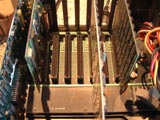 | 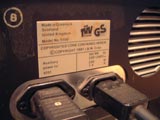 | 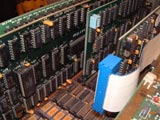 |  |
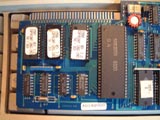 |  | 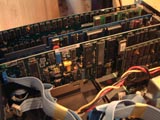 |  |
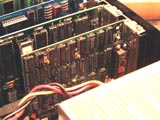 | 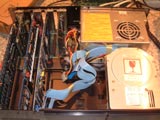 | 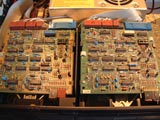 |  |
 |  | 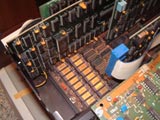 | 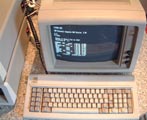 |
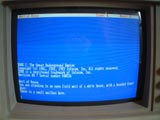 |  | 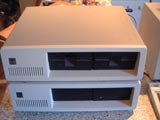 |  |